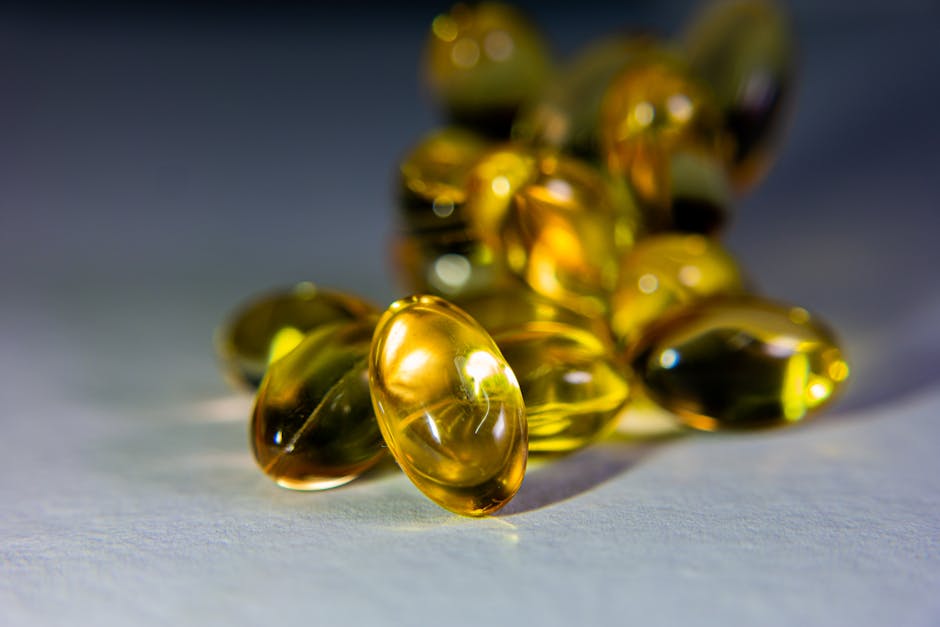For many older adults, arthritis is more than just occasional discomfort, it’s a daily challenge. Stiff joints, swelling, and aching can make even simple tasks feel harder than they should. While medication can be helpful, some people prefer to limit the use of strong prescriptions or avoid them altogether due to side effects. The good news? There are many gentle, natural, and practical ways to manage arthritis pain that can improve your comfort and mobility.
Below, we’ll explore safe, non-drug approaches you can use at home to ease arthritis symptoms and support joint health.
Table of Contents
1. Keep Moving! Gently and Regularly
It might seem counterintuitive to move when your joints hurt, but regular, low-impact exercise can actually help reduce pain and stiffness. Movement keeps joints flexible, strengthens the muscles around them, and improves circulation.
Good options include:
- Walking at a comfortable pace – check out these walking shoes for optimal comfort!
- Swimming or water aerobics (the water supports your weight)
- Gentle yoga or stretching
- Tai chi for balance and flexibility
Aim for a few minutes each day, even if you start small. Consistency matters more than intensity.
2. Apply Heat or Cold for Relief
Simple temperature therapy can make a big difference:
- Heat therapy (warm compress, heating pad, or a warm bath) relaxes muscles and eases stiffness.
- Cold therapy (ice packs or a bag of frozen vegetables wrapped in a towel) reduces swelling and numbs sharp pain.
Recommended Heating Pad for Arthritis: UTK Heating Pad
Experiment to see which works best for you, or alternate between heat and cold for different types of discomfort.
3. Maintain a Healthy Weight
Carrying extra weight puts additional strain on weight-bearing joints like the knees, hips, and spine. Even modest weight loss can help relieve pressure and reduce pain. Focus on:
- Eating more fruits, vegetables, lean proteins, and whole grains
- Cutting back on sugary drinks and highly processed snacks
- Staying active in ways that don’t worsen joint pain
4. Try Gentle Joint Support Devices
Supportive aids can make daily activities easier and less painful:
- Compression gloves or sleeves for hands and knees
- Cushioned shoe inserts for better joint alignment
- Lightweight braces to stabilize affected joints
These tools don’t “fix” arthritis, but they can help you move more comfortably and prevent strain.
5. Explore Natural Anti-Inflammatory Options

Some foods and supplements have anti-inflammatory properties that may help ease arthritis symptoms:
- Omega-3 fatty acids (found in fatty fish like salmon, or supplements)
- Turmeric (curcumin)
- Ginger
- Green tea
Always check with your doctor before adding supplements to make sure they’re safe with your other medications.
6. Practice Gentle Self-Care Habits
Small daily habits can help protect your joints:
- Use both hands to lift heavier objects instead of one
- Avoid gripping items too tightly
- Take breaks during repetitive activities
- Use tools with padded or ergonomic handles
The less strain you put on your joints, the longer they’ll stay functional and pain-free.
7. Manage Stress
Stress doesn’t just affect your mood, it can also intensify pain. Techniques like deep breathing, meditation, listening to calming music, or spending time in nature can help you relax and reduce tension in your body.
8. Consider Physical or Occupational Therapy
A trained therapist can teach you exercises that strengthen muscles, improve flexibility, and protect your joints. They can also recommend daily living strategies to help you move with less pain.
Final Thoughts
Living with arthritis doesn’t have to mean relying solely on heavy medication. By combining gentle exercise, temperature therapy, healthy lifestyle changes, and supportive tools, you can create a daily routine that keeps pain manageable and mobility strong. Small, consistent efforts add up, and over time, they can help you stay active, independent, and comfortable in your own home.
FAQ
Can arthritis pain really be managed without prescription drugs?
Yes. While medication can help, many people find relief through lifestyle changes like low-impact exercise, weight management, heat and cold therapy, and joint-support devices.
What type of exercise is safest for arthritis?
Low-impact activities such as walking, swimming, gentle yoga, or tai chi are generally safest. These improve flexibility and strength without putting excessive strain on joints.
Does diet affect arthritis pain?
Yes. A diet rich in anti-inflammatory foods like fatty fish, leafy greens, berries, and nuts can help reduce joint inflammation and pain. Avoiding excessive sugar and processed foods may also help.
How often should I use heat or cold for arthritis?
You can use heat or cold therapy as needed. Apply for 15–20 minutes at a time, several times per day. Heat helps with stiffness, while cold reduces swelling and sharp pain.



